When you think of the majestic Dolomites, you are likely to think of the mountain range shared between Veneto and Trentino Alto Adige. In all truth, a little further east, in the Friuli-Venezia-Giulia region, the Friulian Dolomites have their own story, so beautiful that UNESCO has protected them since 2009.
They differ from their more famous neighbours, yet they are magnetic like few other places. It may be because of the difficulty they can be reached or the presence of very few settlements. This area is far from being a destination for crowds of tourists.
The Friulian Dolomites attract travellers passionate about hiking, trekking, ski mountaineering and Nordic walking. You will discover in the article that this place, far from the glories of far more famous destinations, has a wild beauty that you will want to protect yourself.

Friulian Dolomites, UNESCO World Heritage since 2009. Here are the reasons
Just a few images are enough to clarify why these mountain groups, also called the Dolomiti d'Oltre Piave (literally Beyond Piave river) or the Duranno-Monfalconi-Pramaggiore Chain, have received the title of UNESCO World Heritage property since 2009.
We are talking about 4 mountain groups divided between the provinces of Pordenone and Udine:
- Cridola Group;
- Spalti-Monfalconi Group;
- Duranno Group;
- Finally, Pramaggiore Group.
UNESCO established the nomination of the vast territory of the Friulian Dolomites not only for its exceptional scenic richness but also for its absolute geological and geomorphological importance. We are talking about 36 thousand hectares protected within the Friulian Dolomites Natural Park since 1996.
Where the Friulian Dolomites UNESCO World Heritage are located
That of the Friulian Dolomites is a vast territory which is inscribed between several rivers. To the north is the Tagliamento, to the south the Cellina, to the west the Meduna, and to the east the border with the Veneto.
This mountain range is embraced to the south by the Belluno Pre-Alps group of the Cavallo-Visentin chain and displays a striking alpine landscape. The narrow valleys penetrate the territory's interior, where the well-known dolomite landscapes soar.
Friulian Dolomites are the realm of nature, wind and water that have smoothed the landscape for millennia, creating the spectacle that trekking and mountaineering enthusiasts can observe here.
What to see in the Friulian Dolomites Natural Park: 5 unmissable places
When starting to visit this area of the Dolomites, you can consider three macro-areas.
These are the Meduna Valley with villages such as Frisanco and Tramonti di Sopra, the eastern part in the province of Pordenone. Then follows the Tagliamento Valley, distinguished by towns such as Forni di Sopra and di Sotto, which demarcates the northern region in the province of Udine. Finally, Valcellina, in the province of Pordenone, with towns such as Andreis, Cimolais, or Claut running along the Veneto border.
Summarizing what there is to see in the Friulian Dolomites Park is undoubtedly a challenging task, but we will try to list the most popular destinations. The essential advice remains to travel well-informed and seek the services of licensed guides for your alpine adventures.
5. The Vajont Dam, where in 1963 time stopped
IIn the eastern part of the Park, on the border with the Veneto region, is the Vajont dam, a symbol of the 1963 great disaster. It rises in the small village of Casso, which has been entirely uninhabited since it all happened.
It's one of the tallest dams in the world, but it is no longer used since that landslide that caused the water of Lake Vajont overtopped the dam and drowned all of the Piave Valley. Despite the huge disaster in which more than 2,000 people lost their lives, the dam is still intact and can be visited during a guided tour.
Perhaps it is not a trekking or hiking destination. Certainly, what happened on the night of 1963, however, marked those places so much that it is still vivid in the memory of local people.
Near Casso is Erto, with which it forms a single municipality. The village is beautiful, so picturesque that it has been declared a National Monument. Just below the town is Vajont Lake, now little more than a body of water, set in a panorama of true beauty.
4. Pradis Caves, discovering our ancestors
We can meet our ancestors in the southeastern part of the Friulian Dolomites. Neanderthal Man and early Sapiens knew these places where they used to hunt and find shelter.
Moreover, the environment is of rare beauty as we descend inside these cavities of karst origin. You can see the Green Caves, the most famous, and the Clusantin Caves, a shelter of our ancestors when they hunted marmots, or the Rio Secco Cave.
Finally, at the Cave Museum, you can observe the artefacts related to prehistoric people. An exciting experience that everyone, even the little ones, can do.
3. Barcis Lake and the entrance to the silent Prescudin Forest
In the southern part of the park is the Barcis artificial lake with wonderful waters in shades of green. This place is beloved by all lovers of sports activities, including water activities. Sailing, canoeing, kayaking and even surfing are practiced.
The surroundings provide a riot of possibilities, thanks to the many trails for hiking and biking enthusiasts.
The Forra del Cellina (Cellina Gorge) Nature Reserve is a short distance from the lake. This is a magical environment formed by a long canyon in which waters plummet from very steep rocks down to the stream.
Near Barcis, there is also the Prescudin Forest, where it is impossible to enter with motorized vehicles. And so it is a bath of silence and nature that you will never forget.
2. Cima dei Preti, the taller mountain of the Friulian Dolomites
This 2706-meter mountain has always fascinated its visitors. Even those who have seen it many times before feel imbued with the aura of mystery that the place exerts.
It is the sum mountain of Oltrepiave, so large that it sums up with its own massif alone to an extent no less than other dolomite groups rather in vogue.
Although a relatively low mountain, one should not underestimate the climb here. The trails are steep, craggy, and better suited to those trained and accustomed to significant elevation gains.
The thrill of climbing Cima dei Preti, however, is unparalleled.
1. The Campanile di Val Montanaia, UNESCO Heritage site
We are in the northwest of Friulian Dolomites Park, a short distance from Veneto. This place is also known as the 'urlo di pietra' (literally the 'scream of stone'). It is an essential destination for any avid hiker.
It is a kind of stone spire about 280 meters high, on the top of which there is a bell whose sound is one of the most evocative you can hear.
The path to the Bell Tower is particularly steep, with about 800 meters of elevation gain. When you reach the top, you can see the Campanile in front of you, embraced by a vision of Dolomite peaks. All while the bell tolls...
A trip to the Friulian Dolomites offers breathtaking and timeless scenery. We have seen just a few, but we guarantee that the emotions you will experience here will be far more.
After all, in this journey of nature, but above all of love, you will feel the millennial breath of the Earth and the infinite beauty of all that surrounds us.
About the author
Written on 02/01/2023


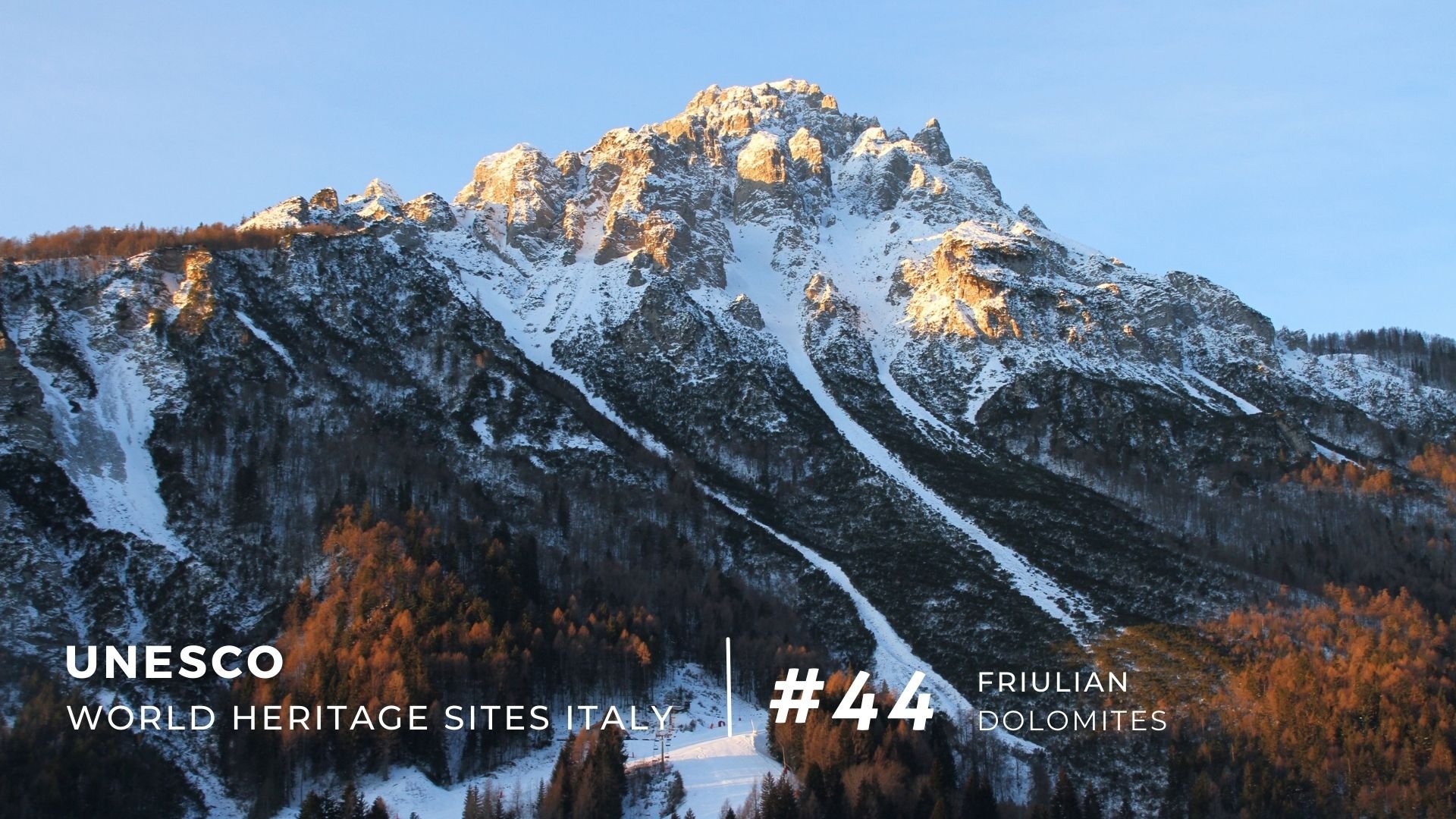
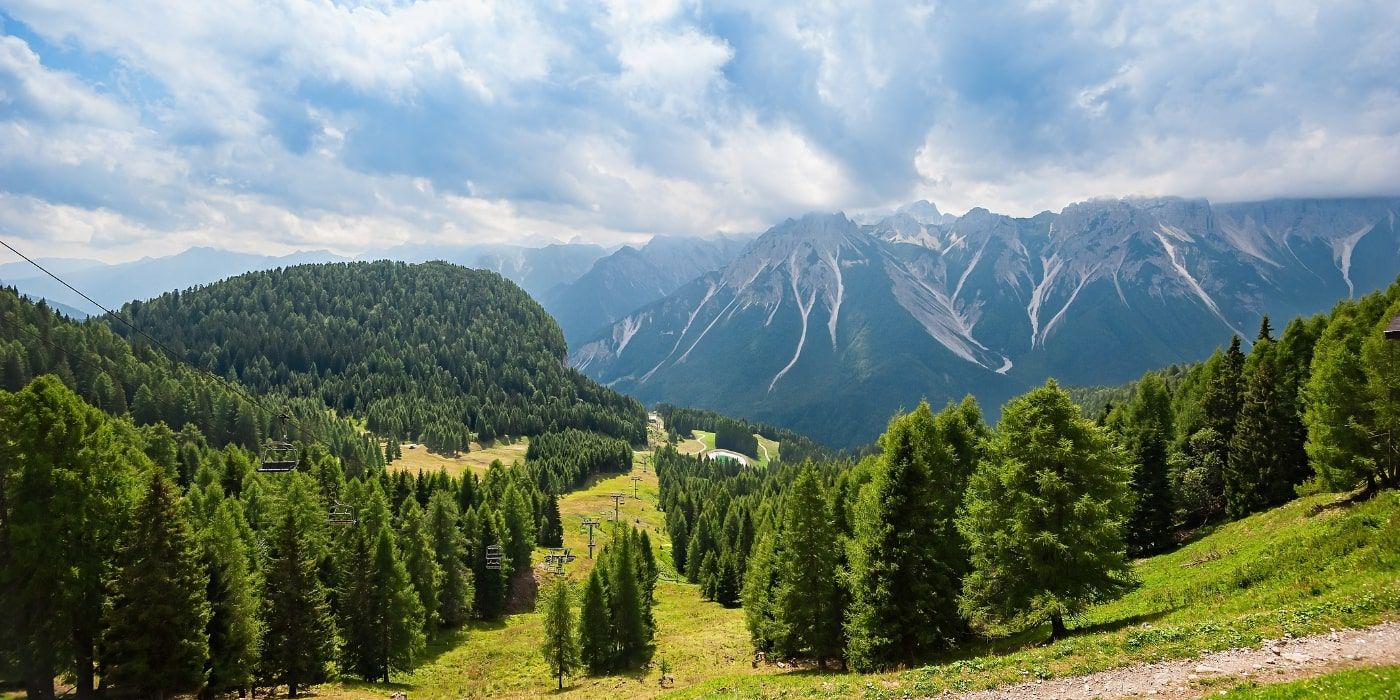

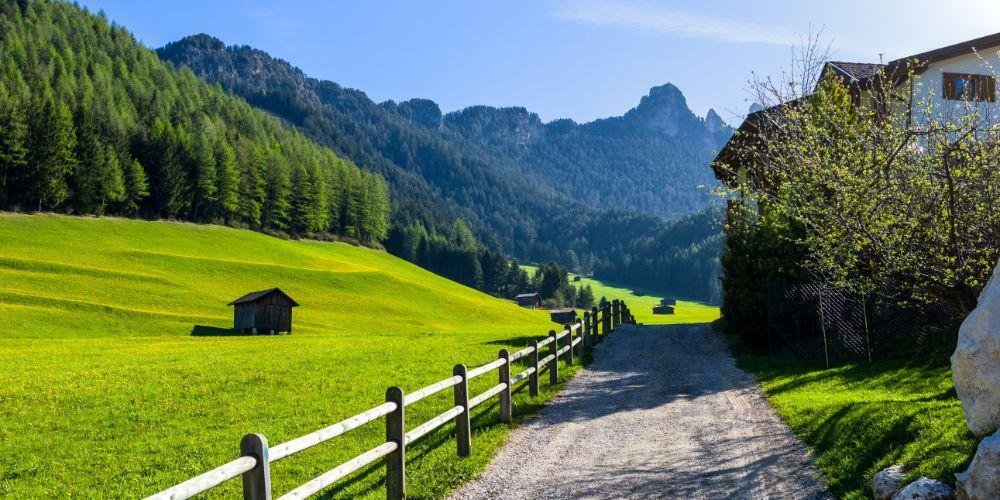
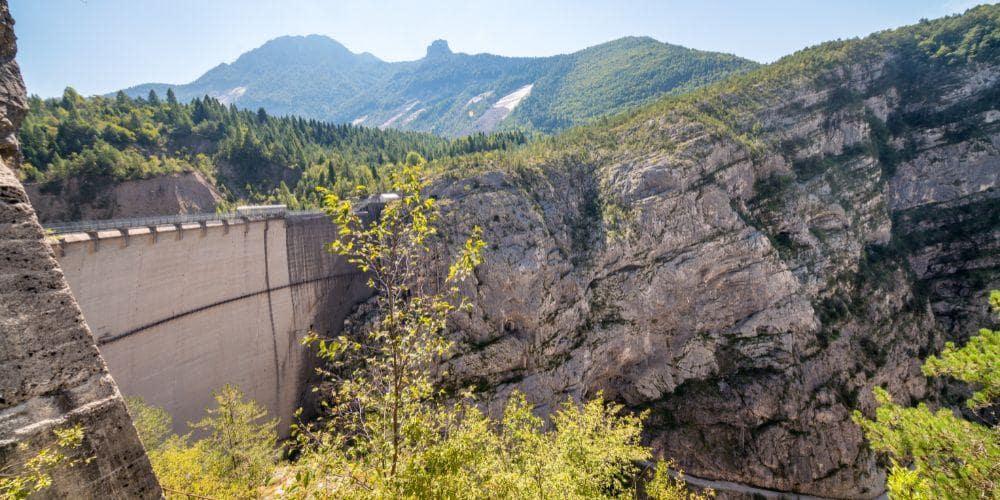
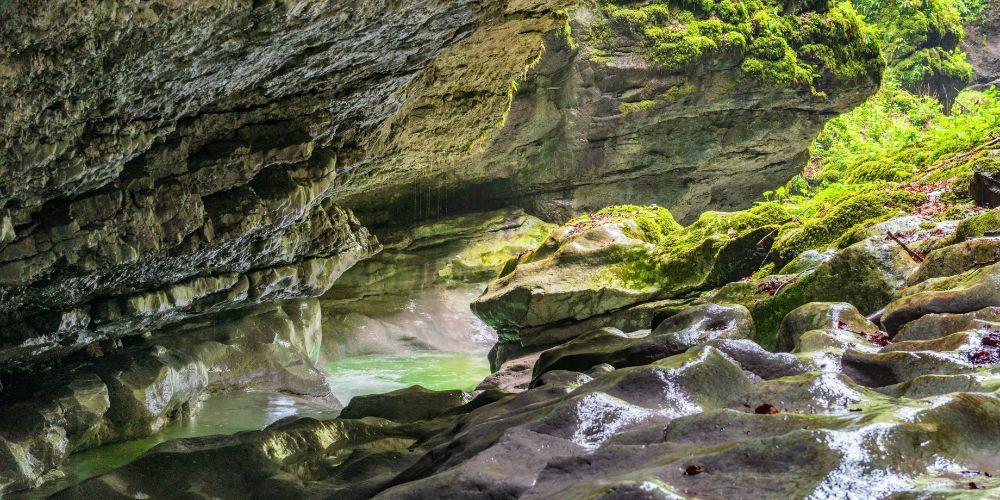
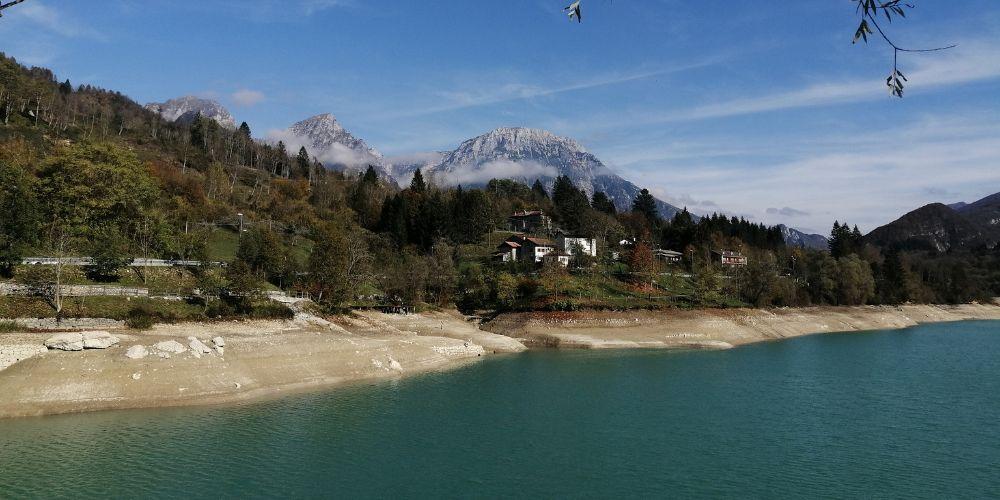
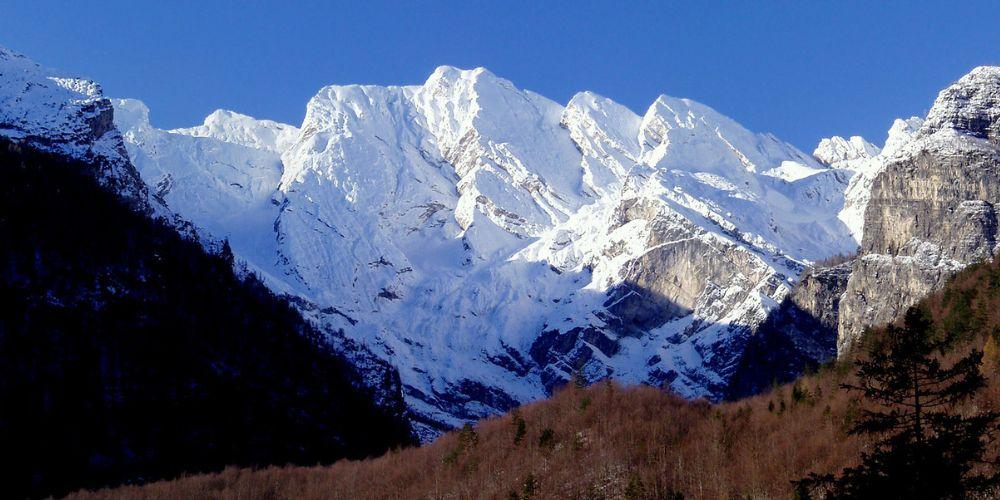

Elisa Borgato
The Friulian Dolomites, UNESCO World Heritage Site, are the majestic triumph of wilderness. Let's discover what to see in this splendid natural park!